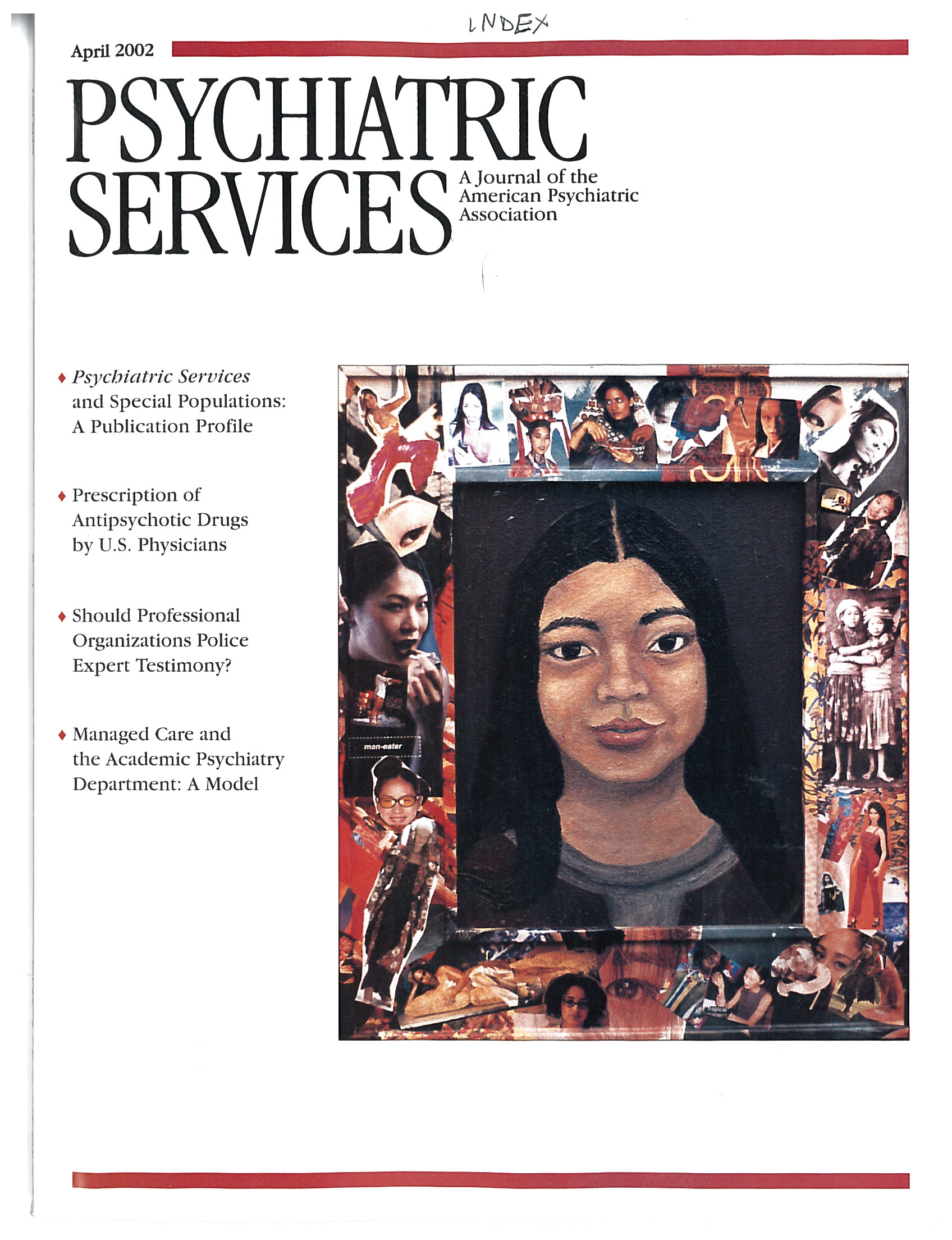To the Editor: In the thoughtful and stimulating article on mandated outpatient treatment by Monahan and colleagues in the September 2001 issue (
1), little mention was made of the fairly substantial literature on mandated treatment of forensic populations in the community. Conditional release has been used for decades as a technique for managing the risks inherent in returning a person found not guilty by reason of insanity to the community.
Under conditional release, such acquittees are released into the community with various conditions imposed; for example, they are often required to live in specified housing and not to use illegal drugs. They remain under the jurisdiction of a criminal judge or a central monitoring agency, such as a psychiatric security review board. Adherence to mental health treatment in the community is almost always a condition of release. As leverage, this type of mandated community treatment uses both avoidance of jail and avoidance of hospitalization—both a brief jail stay and rehospitalization are possible consequences of violation of the conditions of release, depending on the state.
I recently conducted a thorough literature search, using PubMed and manual strategies, on the topic of conditional release for persons found not guilty by reason of insanity. I found more than 60 articles, including more than 30 published in the past ten years. Many of the earlier studies on conditional release focused on the demographic characteristics of persons found not guilty by reason of insanity. However, most of the articles on this subject for the past 30 years have reported arrest rates and hospitalization rates of persons on conditional release. A recent meta-analysis on this issue, based on statewide results from New York, California, and Oregon, found estimated annual arrest rates to range from 3.4 to 7.9 percent, while the estimated annual hospitalization rates ranged from 14.5 to 25.8 percent (
2,
3). I recently presented a poster at the annual meeting of the American Academy of Psychiatry and the Law showing that among persons receiving assertive community treatment the annual arrest rate was 1.2 percent and the annual hospitalization rate was 14.5 percent (
4). In addition, some of the published reports have included statistical models for factors that are predictive of the granting or revocation of conditional release (
5).
The literature on conditional release of persons found not guilty by reason of insanity thus may hold some of the answers to the many questions about mandated community treatment posed by Monahan and colleagues. In particular, the issues of the process of mandating treatment, the outcomes of programs—both for the individual and for the system—that do mandate treatment, and the legal, ethical, and political questions that result from mandating treatment in the community have all been discussed, to greater or lesser degrees, in the conditional release literature over the past 30 years.

